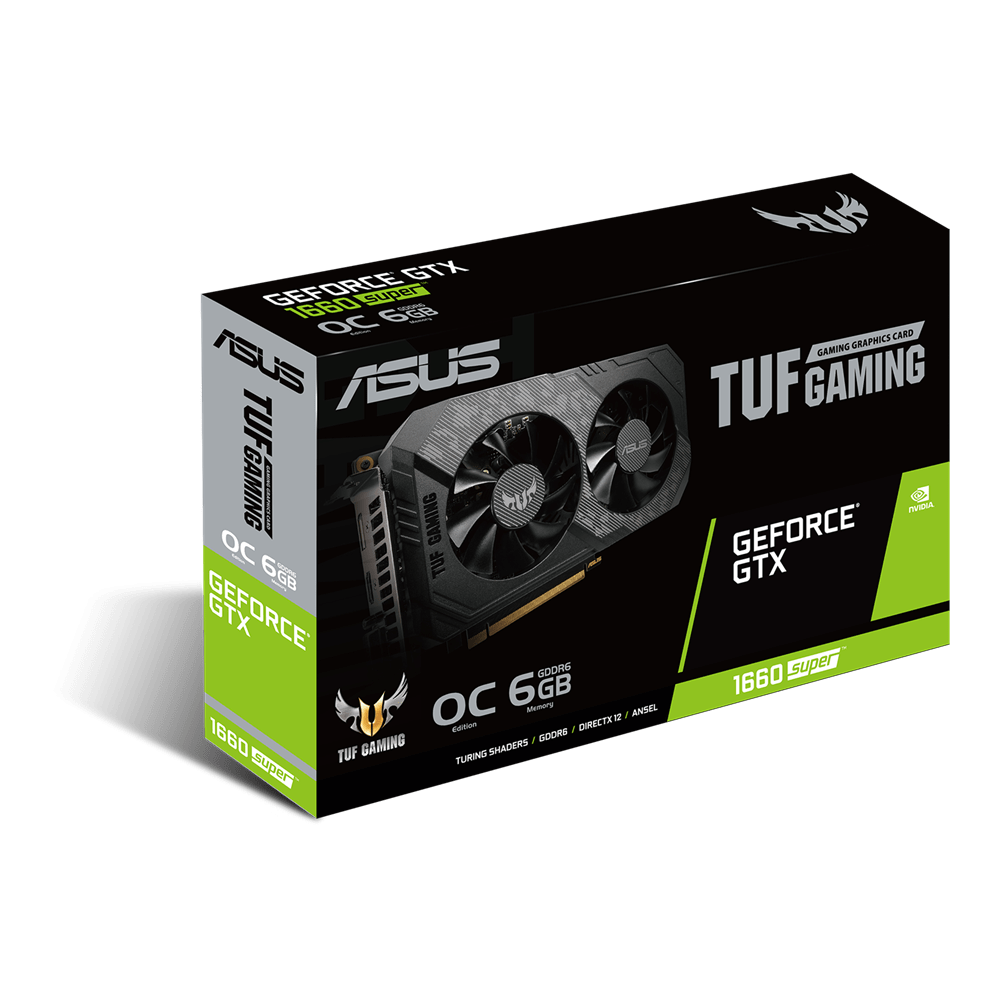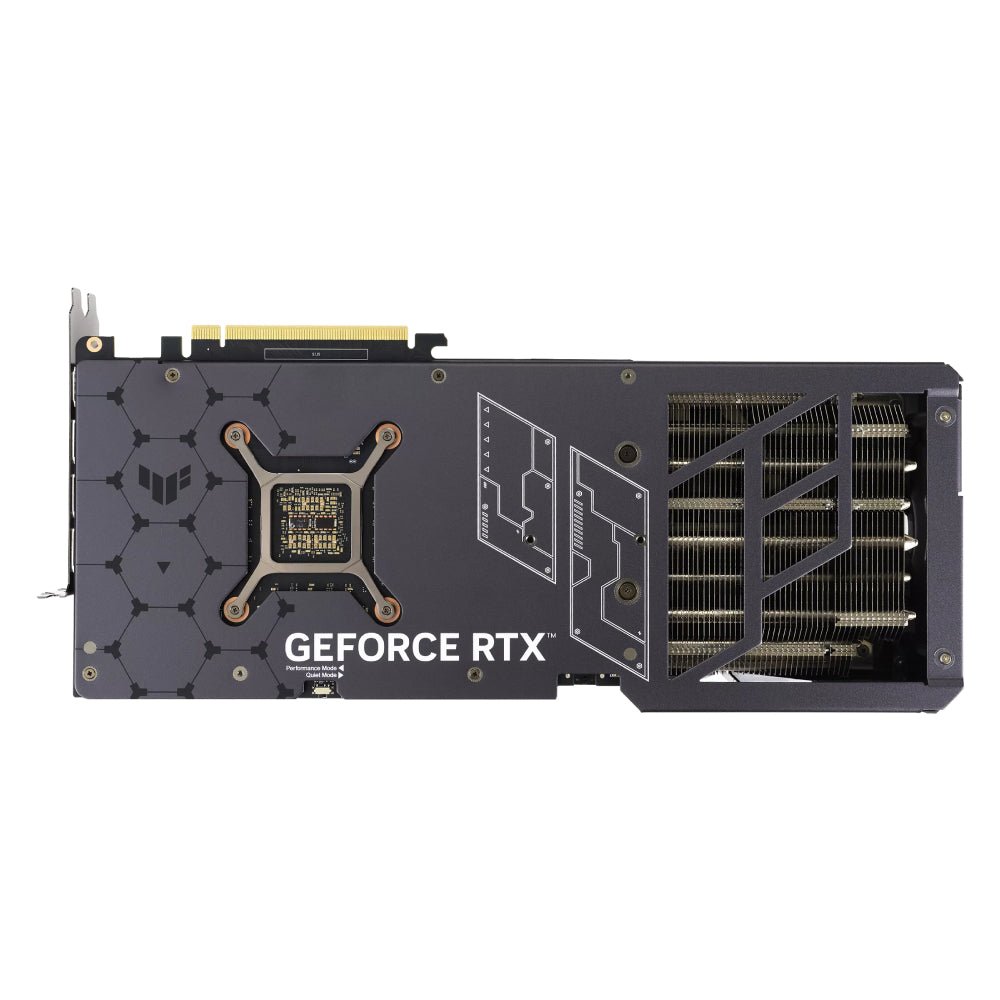Optimizing a low-spec PC games without graphics card can be challenging but not impossible. By making some strategic adjustments and tweaks, you can significantly improve your gaming experience. This article will guide you through various ways to optimize your low-spec PC games without graphics card, ensuring you get the most out of your hardware.
Optimizing System Settings
Adjust Power Settings
Maximizing your PC’s power settings can enhance its performance. Start by navigating to the Control Panel and selecting “Power Options.” Change the power plan to “High Performance.” This setting ensures your PC uses maximum power, improving overall performance.
Disabling power-saving features can also free up resources. Lower power settings can throttle the CPU and affect gaming performance. Ensuring your PC operates at full power is key to optimizing its capability. Proper power management can make a significant difference in gaming performance.
Turn Off Visual Effects
Windows comes with various visual effects that consume system resources. To turn them off, right-click the “Computer” icon, select “Properties,” then click “Advanced system settings.” Under the “Performance” section, click “Settings” and choose “Adjust for best performance.”
Disabling these effects helps allocate more resources to your games. Fancy animations and shadows might look good, but they are resource-intensive. Minimizing visual effects can free up CPU and memory resources. This adjustment is particularly beneficial for low-spec PCs.

Updating System Drivers
Update Graphics Drivers
Even if you don’t have a dedicated graphics card, ensuring your integrated graphics drivers are up-to-date is critical. Go to the website of your graphics chipset manufacturer (Intel, AMD, etc.) and download the latest drivers.
Updated drivers can improve compatibility and performance in games. Outdated drivers can cause poor performance and graphic glitches. Properly updated drivers ensure smoother gameplay. Keeping your system’s drivers current is a simple yet effective way to enhance gaming performance.
Update Other Drivers
In addition to graphics drivers, update all other system drivers, including sound, network, and chipset drivers. Use Windows Update or visit the manufacturer’s website for the latest versions.
Updating drivers ensures that all hardware components perform optimally. Incompatible or outdated drivers can lead to system instability. Keeping all drivers up-to-date contributes to the overall performance and stability of your PC. This practice helps create a more reliable gaming environment.
Managing Background Processes
Close Unnecessary Programs
Running too many background programs can consume valuable system resources. Open the Task Manager by pressing Ctrl + Shift + Esc and navigate to the “Processes” tab. Identify and close any unnecessary programs and processes.
Reducing background activity frees up CPU and memory resources. Applications like browsers, media players, and background sync services can slow down your game. Prioritizing gaming by closing background programs ensures more system resources are available for gameplay. This improves both performance and responsiveness.
Disable Startup Programs
Many programs start automatically when you boot your PC, consuming resources before you even launch a game. Use the Task Manager or “msconfig” tool to disable unnecessary startup programs.
Limiting startup programs accelerates boot time and frees resources. Ensure only essential programs start with your system. This practice prevents unnecessary strain on your PC. Disabling non-essential startup programs leaves more resources available for gaming.

Optimizing Game Settings
Lower Resolution
Playing games at a lower resolution can significantly boost performance. In-game settings usually allow you to adjust the resolution. Lowering it reduces the demands on your CPU and integrated graphics.
A resolution of 720p or even lower can improve frame rates. While it might sacrifice some visual clarity, the performance gains are worth it. Adjusting the resolution is one of the most effective ways to achieve smoother gameplay. This setting directly impacts your gaming experience.
Adjust In-game Settings
Lowering other in-game settings can also enhance performance. Reduce graphic settings such as texture quality, shadows, and anti-aliasing. Set them to low or medium, depending on what your system can handle.
Lower settings reduce the workload on your CPU and integrated graphics. This helps maintain a stable and higher frame rate. Experiment with different settings to find the optimal balance between visual quality and performance. Properly adjusted game settings can drastically improve your gaming experience.
Enhancing Cooling and Power Management
Improve Airflow
Overheating can throttle your CPU and reduce performance. Improving your PC’s airflow can keep it running cooler. Ensure that vents are unobstructed and that fans are working correctly. Cleaning dust from the interior can also enhance cooling.
A well-ventilated PC performs better under load. Consider adding additional fans or using a cooling pad for laptops. Effective cooling solutions prevent thermal throttling, ensuring consistent performance. Maintaining proper airflow and temperature control is crucial for gaming.
Power Supply Check
Ensure your power supply unit (PSU) provides adequate power. Insufficient power can cause instability and performance drops. Check your PSU’s wattage rating and compare it to your system’s needs.
Replacing an inadequate PSU can stabilize performance. A reliable power supply ensures that all components receive consistent power, especially under load. Proper power management contributes to system stability and performance. Ensuring adequate power supply is vital for optimizing gaming performance.

Using Performance Optimization Tools
Game Mode
Windows 10 and later versions include a Game Mode feature designed to optimize gaming performance. Enable Game Mode by going to Settings > Gaming > Game Mode and toggling it on.
Game Mode prioritizes system resources for gaming, reducing the impact of background processes. This feature is built into the operating system and is easy to activate. Using Game Mode can provide a small but noticeable boost in performance. It’s a straightforward way to optimize your PC for gaming.
Third-Party Optimization Software
Various third-party software programs can help optimize your system for gaming. Tools like Razer Cortex or Wise Game Booster can close background applications, clean up system memory, and optimize CPU performance.
These tools simplify performance optimization with user-friendly interfaces. They are particularly useful for users unfamiliar with manual adjustments. Using optimization software can enhance your gaming experience by freeing up additional resources. Third-party tools offer an easy way to tune your system for maximum performance.
Storage Optimization
Upgrade to an SSD
Switching from a traditional hard drive (HDD) to a solid-state drive (SSD) can significantly reduce load times and improve overall system responsiveness. While this upgrade doesn’t boost frame rates directly, it makes games and the operating system load faster.
SSDs offer faster read/write speeds, enhancing overall performance. Consider using an SSD for the operating system and games, while using an HDD for storage. Upgrading to an SSD provides a noticeable improvement in your gaming experience. Faster storage helps streamline all aspects of gaming and system performance.
Defragment and Clean Up HDD
If upgrading to an SSD is not an option, regularly defragment and clean up your hard drive. Use the built-in Windows tool to defragment your HDD. Additionally, use disk cleanup tools to remove unnecessary files.
Defragmenting and cleaning up your HDD improves data access speeds. This simple maintenance keeps your drive operating efficiently. Regularly performing these tasks helps maintain optimal performance. Clean and organized storage contributes to consistent gaming performance.
Conclusion
Recap of Key Points
Optimizing a low-spec PC games without graphics card involves several strategic adjustments. Adjust power settings and disable visual effects to maximize performance. Keep your system drivers updated to ensure compatibility and efficiency. Manage background processes and disable unnecessary startup programs. Lower game resolution and adjust in-game settings for better performance. Enhance cooling and check your power supply to prevent throttling. Use built-in and third-party performance optimization tools. Upgrade to an SSD if possible, or regularly defragment and clean up your HDD.
Final Thoughts
Optimizing your low-spec PC games without graphics card takes a bit of effort but can yield significant results. Each adjustment contributes to overall performance, allowing you to enjoy a smoother and more responsive gaming experience. By implementing these strategies, you can maximize your PC’s capabilities and extend its lifespan. Even without a dedicated graphics card, you can still achieve satisfactory gaming performance. Regular maintenance and smart optimizations are key to getting the best out of your low-spec PC. Enjoy your gaming experience with these practical tweaks, and make the most of your hardware.
